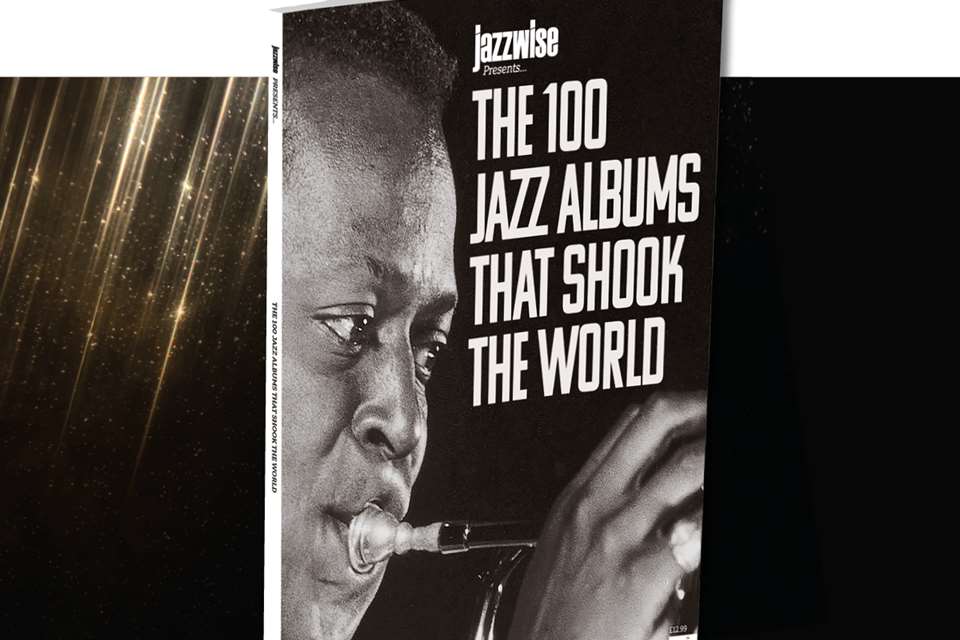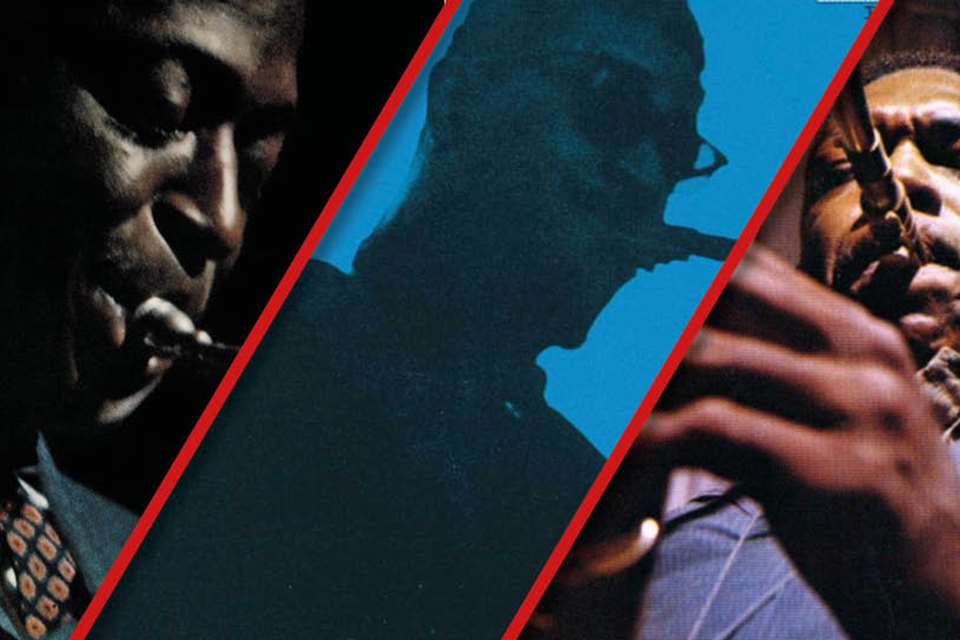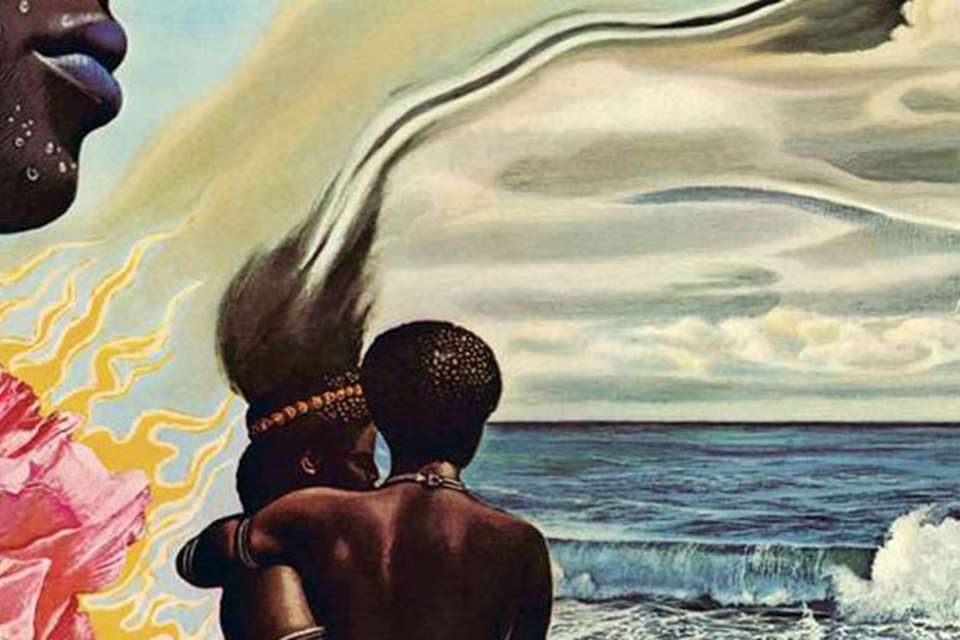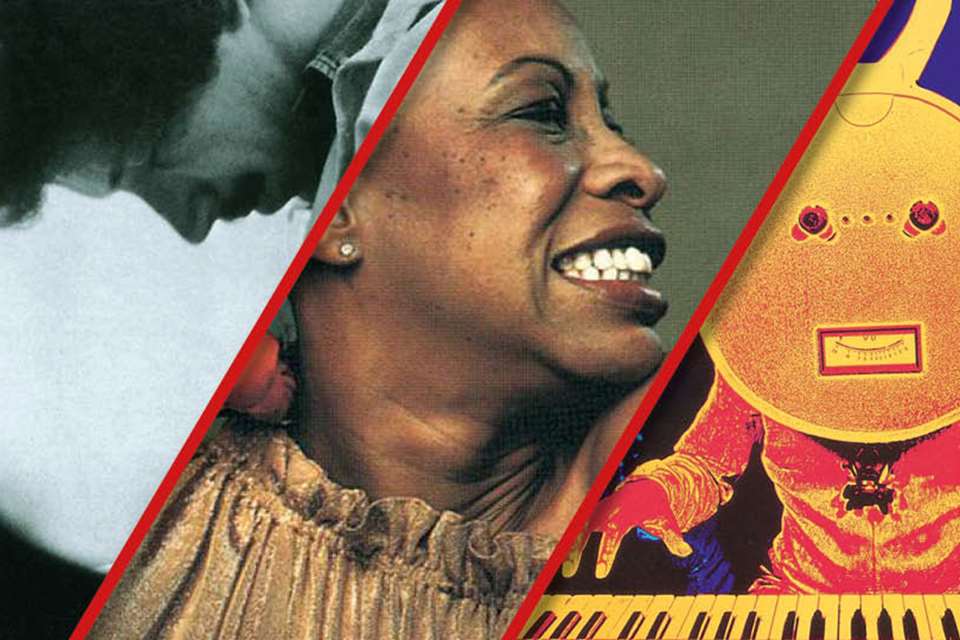Frank Sinatra: The Artist Behind The Image
Thursday, October 28, 2021
Keith Shadwick charts the career trajectory of one of the great singers of the 20th century, classic albums and artistic lapses included

Perhaps the biggest hurdle to overcome when coming to Frank Sinatra for the first time is the image of him, created by both the man himself and the people who worked with and for him. As with Elvis Presley, his good qualities are laid before the public as if they should be treasured as minor miracles, his talent spoken or written of in terms of hushed awe or indisputable statement, his blemishes the necessary patina of genius that separates the authentic from the imitation.
In some instances this may not be too far from the truth, but the sheer extent and longevity of the propaganda about this man and his music often threatens to overwhelm any attempt to locate ‘the real Sinatra'. For a start, his personality was much too complex and at odds with itself to be conveniently packaged in the manner most of his chroniclers prefer, and while the bare bones of his life have been exposed now for years, his artistic motivations remain largely obscure to the general public. Yet they shouldn't, because Sinatra, himself a generous man with regard to his peers and contemporaries, made plenty of allusions during his career as to what made him tick and who helped him find his musical self.
A New Jersey kid with strong Italian roots, Sinatra came to maturity during the swing era, but was also influenced by the age just prior to that, where both jazz and 'sweet' music vied for the public’s attention. The most popular male singers outside of the Nelson Eddy types in his pre-professional days were Bing Crosby and Al Jolson: he learned from both. But there were others as well, such as Louis Armstrong and Billie Holiday.
Sinatra made his start as a big band singer, first with Harry James and then, famously, with Tommy Dorsey. His many sides with the Dorsey band from 1940-2, alongside his thousands of one-nighters with it, established him as a popular phenomenon, and the biggest male singing star since Crosby. It also helped nudge public taste away from jazz, in the form of swing and towards vocal romance. Sinatra may have looked with ardent affection back to the days of big band swing, but he was one of the major musical reasons for swing's eclipse: he concentrated almost exclusively on long-breathed, romantic interpretations of ballads at tempos that rarely raised a sweat. Had that been all he had in his arsenal, then he’d have become a bit-player in popular music, but Sinatra had much more.
Apart from the range and warmth of his baritone voice, he was a perfectionist not afraid of the pain involved in attaining something that could pass for perfection. So his diction was always immaculate, his understanding of even the most trite lyric consummate. His ambition was matched only by his ego, and he was determined to master every type of popular singing; an ambition that led him into some very dodgy material indeed, including 'Have You Met Tallulah?'
Yet this relative failure points to another essential facet of Sinatra’s unique musical persona: his intensity. It is clear that, even on the most sentimental schmaltz, Sinatra focused intensely on the message the song had to give, and made it count. This was no longer entertainment, but self-expression to an extent popular American music had never heard before unless you were a devotee of then-obscure jazz artists such as Billie Holiday. Sinatra often named his bandleader boss, Tommy Dorsey, as a seminal influence on his developing style, and it is true that the singer learned how to 'sing' a melody through even weighting of his phrasing and perfect breath control a-la-Dorsey.
After leaving Dorsey, Sinatra spent a decade recording for Columbia in just about every stylistic situation known to the post-war American male singer, but that seriousness of intent never deserted him. Even in the glutinous strings-and-chorus morass of ‘Adeste Fideles’ (0 Come All Ye Faithful), made in August 1946, he sings it as if he is in front of the Pope. It is not a warm performance in the sense that Crosby would have sung it, but it is passionate. You may wonder what such emotional nakedness was doing in showbiz, and perhaps later in his life Sinatra wondered too, because by the late 1960s he was regularly substituting his invented persona for his real artistic self. For better or worse, this approach - a seeming personal musical notebook of his life - informs all his Columbia records and delivers its fair share of sides that came to be looked upon as definitive, not just by other singers, but by musicians in general.
A quick comparison of Sinatra's 40s versions of ballads such as ‘Someone To Watch Over Me’, ‘Nancy (With The Laughing Face)’, 'You Are Too Beautiful’ and 'They Say It's Wonderful' with those of John Coltrane shows just how deeply Coltrane absorbed Sinatra’s phrasing, dynamics, even his alternation between vibrato and vibrato-less phrase endings.
That wonderful pause, that dragging-back of note delivery in a melody, that makes for so much of the poignancy in Coltrane's ballad delivery, is there, wholly intact, in Sinatra, combining just as sweetly with his wonderfully expressive baritone. Coltrane recorded versions of a number of Sinatra's great Capitol ballads from the 1950s, to equal effect.
Outside of such things, however, there is little for the jazz-oriented listener in Sinatra’s Columbia years: the stylistic gap is just too large to bridge. To connect fully with Sinatra at his mature best, try the Capitols (1953-1961). He moved to the label in pretty poor shape, having come through a crisis with his voice which left it permanently changed, and vulnerable to technical wobbles. Even worse, his confidence had been undermined by the plain idiotic production ‘guidance’ of Columbia boss Mitch Miller, whose absence of taste was as complete as anyone’s in the history of post-war popular music. He seemed to take pride in proving that the public's taste could never be underestimated by – almost as if on a series of dares – subjecting his best singers to the worst imaginable material. He had Sinatra singing about dogs, before he left the label in 1952.
Now approaching 40, and divested of all traces of his bobbysoxer following as his original fans settled down, got married and had kids, Sinatra took the opportunity to reinvent himself, even down to brilliantly exploiting his mid-range weakness to great emotional effect. That his first great Capitol albums and singles coincided with his screen reinvention (From Here to Eternity won him an Oscar) is one of those marvellous quirks. But suddenly Sinatra was relevant again, striking deeper personal chords with a world-wide audience than the novelty hits and cutie films that competed for their attention.
In a market that had too many parallels for comfort with today's essentially trivial and novelty-obsessed mass-market popular music scene, Sinatra opted for maturity of vision and expression, for his own personal vision of what popular singing should be about. It gave him a decade's grace in which to create a series of records which, to this day, are unparalleled in their consistent good taste, inventiveness and human depth.
The change is instant, as Songs For Young Lovers, his first 10" LP for Capitol (1953), shows. Sinatra adopted two basic interpretative approaches to his repertoire: the continuation of his Columbia-style rhapsodic ballad caress of a song such as 'My Funny Valentine’, often with strings-and-woodwind orchestra or section, contrasted by a swinging, jazz-based approach where Sinatra uses a two-beat, kicking style of swing. On Young Lovers and its 1954 follow-up, Swing Easy, the two parallel courses are still being worked out in detail (the jazz-based numbers on Swing Easy, arranged by Nelson Riddle, contain much, much more real jazz) but Sinatra’s own response is fully developed and quite miraculously perfected.
Sinatra broadened and deepened his artistry during the 50s, but there were no fundamental changes to his system of creating his records – why should there have been? It was all going ridiculously well, when you think of what he had achieved. Just some of the highlights are In The Wee Small Hours, Songs For Swlngln’ Lovers, A Swingin' Affair, Come Fly With Me, Where Are You?, Come Dance With Me, Only The Lonely, No-One Cares and Come Swing With Me. The final title was completed in 1962 after the singer had made (but not yet released) the first album for his own fledgling label, Reprise. If any other male singer of his generation had made just one of these albums, they would have been content to have made a classic of the genre that would influence generations to come. But Sinatra was making them every year, sometimes twice per year. They are a monument, every bit as commanding and influential as Billie Holiday's pre-war output, or Ella Fitzgerald's Song Book series. They changed the landscape of popular singing, and the ambitions of the people who operated within it. And Sinatra pulled it off because he concentrated on what he was best at: avoiding mere sentiment and communicating his intensely personal vision of life in the most intimate and unadorned way possible. That he did it through the medium of the popular song, and that he always chose good popular songs was not an accident or good fortune: he had an innate ability to weed out crap and was not beholden to anyone when it came to committing tunes to disc. This immediately puts him in a different camp to many vocalists who had as good a voice as him, or as much expressive potential. Where would Elvis have ended up should he have had Sinatra’s taste and self-determination? For one thing, he wouldn't have made all those appalling movie soundtrack records that did so much long-term damage to his career and sense of musical self.

Sinatra began his Reprise phase in exactly the same manner as he’d rounded out his Capitol years: alternating swingin’ and rhapsodic albums and singing with unabated relish in both settings, as Ring-a-Ding Ding! and Sings Great Songs from Great Britain demonstrate. Now, not far short of 50 and flexing his artistic and economic muscle, he was initially cautious in the methods he used to update his appeal for early 1960s audiences. His first departures from what had become a formula were his albums with other musical greats - pairings denied him previously by contractual complications. Now all he had to do was sign artists to his label or negotiate releases himself. Thus he made three albums in quick succession with Count Basie (Basie’s is the band on At The Sands) while also completing a memorable 1967 outing with Duke Ellington and, earlier that same year, carefully pushing into more contemporary sounds with an album paired with Antonio Carlos Jobim. Even with this record, though, Sinatra made sure that things were on his terms by hiring Claus Ogerman to arrange and conduct, with Jobim supplying walk-on vocal and guitar parts. It is possible to make a case for Sinatra attempting to pace changes in musical style and fashion throughout the 1960s, while staying true to the best characteristics of his voice. He may have enjoyed a kitsch hit in 1966 with the Euro-style 'Strangers in the Night' but he never liked the song and, to be truthful, its sentiments sat uneasily with his middle-aged persona. Yet the rest of the eponymous album, arranged by Nelson Riddle, finds him comfortable and convincing on repertoire much closer to stylistic home.
Other hits from 1966/7 find him experimenting with different contemporary influences. One of Sinatra's lapses of taste in his post-Columbia and pre-retirement career came with 'Winchester Cathedral' on the That’s Life album: the song is just too silly for even Sinatra to salvage, soft swingin’ and all. This is compounded by close to a whole album’s worth of kitsch on The World We Knew, which includes the aptly (and knowingly) titled ‘Somethin' Stupid'. But then he comes up with the superb 'Drinking Again’, scored by Claus Ogerman, and all is forgiven.
Sinatra continued to chase the popular vote with his takes on songs such as 'From Both Sides Now', 'By The Time I Get to Phoenix', 'Yesterday', 'Hallelujah I Love Her So’ and 'Mrs Robinson', while continuing to search out more anthemic material that reflected a changed self-perception. He knew that he was reaching the end of his voice’s natural professional life, and he was looking for material that would help him sum things up. 1969’s My Way continued his interest in translating European popular music into the American vernacular. But the coarsening of his musical instincts as he began to believe his own propaganda about being the 'eternal Frank’, as well as the deterioration of his vocal equipment meant that, for the first time since Mitch Miller, his music was no longer addressing people's souls, just their delusions.

The singer made three more attempts to come to a sort of artistic reckoning as the decade closed and the 1970s beckoned, but the collaboration with Rod McKuen suffers from the poet/songwriter's portentiousness, even though Sinatra sings and speaks with great and honest urgency. The follow-up concept album, 1970's Watertown, was a commercial disaster but one of the most interesting of Sinatra’s latter-day efforts, being a concept album that remains largely sustained, albeit bleak, and being a record that escapes the singer's own self-absorption by having a narrative and narrator the singer could act through. The style of the music is also the most comfortable amalgam of rock and pre-rock idioms that Sinatra managed.
After this surprisingly high-quality feat, Sinatra closed up shop with the 1971 release Sinatra and Company, another shot at Frankie-goes-to-Brazil that lacks the vocal grace and variety of the 1967 effort with Jobim but is still high quality pop. By then Sinatra knew the game was up and had retired from public appearances. His return in 1973 with album and TV show Ol' Blue Eyes Is Back and subsequent career on record has little to do with music and much more to do with showbiz, as the astoundingly awful 1980 album Trilogy unhappily demonstrates - although a 1995 anthology of his Reprise material, Everything Happens To Me, chosen by Sinatra himself, avoids all the obvious banalities. While concentrating on his 1960s back-catalogue, he also chooses three affecting ballads from the early 1980s. He knew. He always knew.
This article originally appeared in the February 2002 issue of Jazzwise magazine. Never miss an issue – subscribe today



